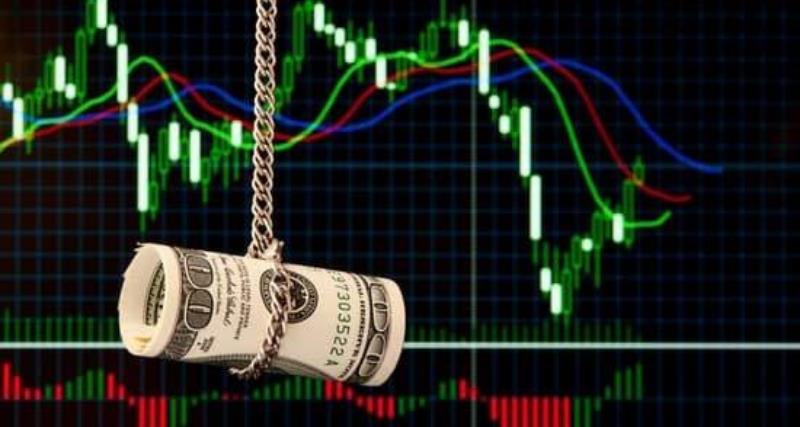Have you ever wondered how seasoned currency traders can navigate the unpredictable forex market with confidence? One of their secrets is a deep understanding of risk calculation. In this detailed blog post, we will dive into the world of forex risk management and provide you with a comprehensive guide to calculating risk, enabling you to approach currency trading with informed decision-making.

Image: www.alphaexcapital.com
Understanding Forex Risk
Forex risk refers to the potential loss or gain that can occur during currency trading. It arises from fluctuations in exchange rates, interest rates, and other economic factors. Accurately calculating risk is crucial for managing your exposure to potential losses and maximizing your trading profits.
Definition and Types of Forex Risks
Forex risk can be classified into two main types: Systematic risk and unsystematic risk.
Systematic risk, also known as market risk, affects the entire forex market and is beyond the control of individual traders. Examples include changes in global economic conditions, political events, and natural disasters.
Unsystematic risk, on the other hand, is specific to a particular currency pair. It can be attributed to factors such as news events, economic data releases, and geopolitical tensions related to the countries involved in the currency pair.
Assessing Forex Risk
To calculate forex risk effectively, several key factors must be considered:
- Position Size: The amount of currency you trade relative to your account size. A larger position size generally amplifies both potential profits and losses.
- Leverage: Trading with leverage allows you to trade larger positions than your account balance. However, leverage also magnifies your potential losses.
- Currency Volatility: The historical volatility of the currency pair you are trading. Higher volatility means greater price fluctuations and, therefore, higher risk.

Image: www.cashbackforex.com
Calculating Risk-Reward Ratios
Once you have assessed the relevant factors, you can calculate the risk-reward ratio for a potential trade. This ratio compares the potential profit to the potential loss:
Risk-Reward Ratio = Potential Profit / Potential Loss
A risk-reward ratio of 2:1 indicates that for every $1 you risk, you could potentially profit $2. A ratio of 1:1 means your potential profit equals your potential loss.
Risk Management Strategies
In addition to calculating risk, you can employ risk management strategies to minimize your exposure to losses:
- Stop-Loss Orders: These orders automatically close your position if the price moves against you, limiting your losses.
- Take-Profit Orders: Similar to stop-loss orders, these automatically close your position when the price reaches a predefined profit target.
- Hedging: Taking opposite positions in correlated currency pairs can reduce your overall risk exposure.
Common Forex Risk Mistakes
Avoid these common pitfalls when calculating forex risk:
- Ignoring volatility: Underestimating the volatility of a currency pair can lead to significant losses.
- Overestimating leverage: Using excessive leverage can amplify your losses and jeopardize your account.
- Failing to set stop-loss orders: Not setting stop-loss orders exposes you to unlimited losses.
FAQs on Forex Risk
Q: How often should I calculate forex risk?
A: Risk should be calculated before every trade and continuously monitored throughout your trading day.
Q: Is it possible to eliminate forex risk?
A: No, forex risk is inherent to currency trading. However, it can be managed effectively through proper risk calculation and risk management techniques.
Q: What are some indicators that can help me assess forex risk?
A: Bollinger Bands, Relative Strength Index (RSI), and Moving Averages can provide insights into market volatility and potential risks.
How To Calculate Risk In Forex
Conclusion
Calculating forex risk is a fundamental aspect of successful currency trading. By understanding the different types of risks, assessing them accurately, and employing risk management strategies, you can significantly improve your chances of profitability and minimize your losses. Remember, the key to forex risk management is to strike a balance between potential profits and risk exposure, enabling you to navigate the volatile currency market with confidence.
Would you like to learn even more about calculating forex risk and maximizing your trading profits? If so, stay tuned for our upcoming blog posts on advanced risk management techniques and expert trading strategies.






